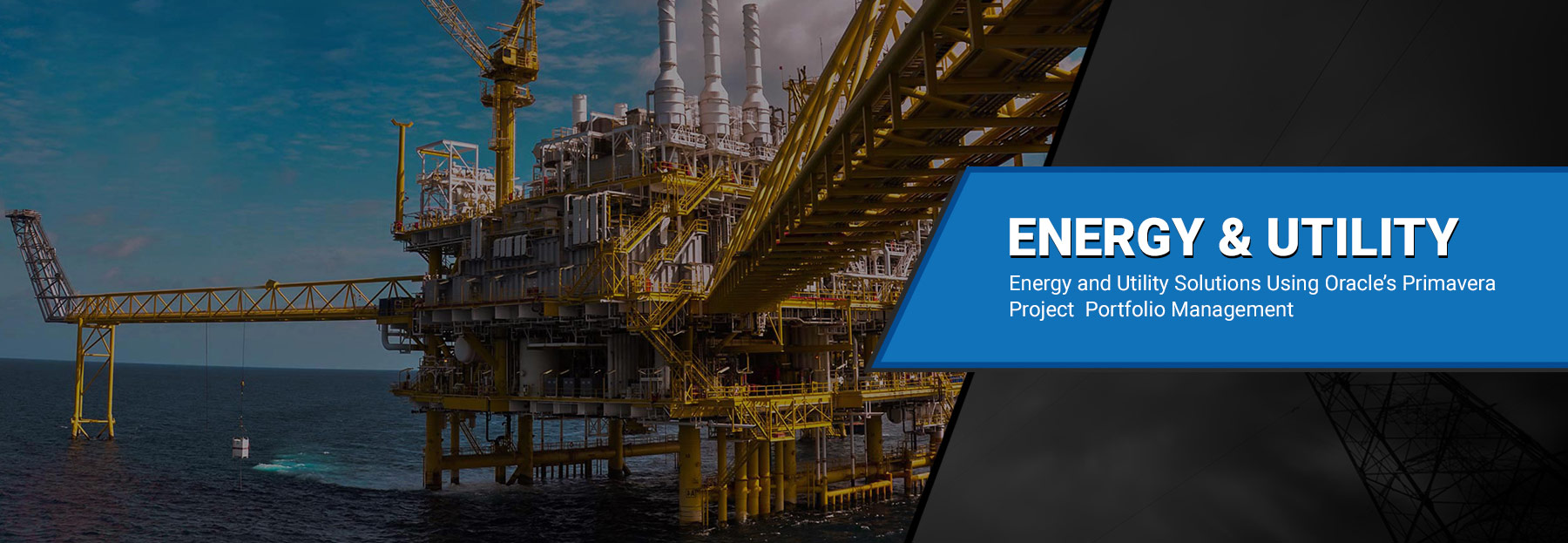
Identify large and small devices that are wasting energy.With the right digital tools, providers can advise their C&I customers on the best ways to save money and protect the environment: Utilities and C&I customers journey together to net zero Everyone wins: the utility successfully balances load, the C&I company saves money and operates more sustainably, and everyone gets an uninterrupted supply of power. To nudge C&I companies to shift load to times when power is cheap and sustainable, the utility offers a rebate to incentivize the company to charge the trucks at night.

Charging the trucks during the day increases the load on the grid. Imagine a C&I customer that’s invested in level-two power stations to charge their fleet of electric vehicles. They can be optimized for a commercial customer’s business requirements, and customers can choose not to take an incentive if they need to keep critical processes running. Recommendations for the best times to shift usage are not just for the utility’s benefit.

Utilities help C&I customers optimize energy-intensive industrial processes by recommending times when a clean electricity supply is cheap and plentiful. When grid capacity is stressed, utility demand-response programs incentivize C&I customers to shift their usage.Ĭ&I customers are especially budget-sensitive. To protect the grid and maximize clean energy usage, utilities are using analytics to monitor the effect of C&I load on the grid. This matters for C&I customers, who use a large portion of a community’s total electricity demand. But there’s no reason to have to fire up “peaker plants,” the additional plants brought online during peak load times, which are usually fossil-fuel-based. That often means keeping plants that use coal or natural gas online until clean energy sources can supply 100% of the need. Utility providers still need to balance the load and ensure generation capacity meets the demand of the entire community. The move to clean power isn’t only about replacing fossil fuels with clean energy. Balance load and demand to avoid using dirty power during peak usage times With a purpose-built platform, utilities can quickly deliver the data C&I companies need to create comprehensive, accurate reports to their customers, regulators, and stakeholders. It’s not enough to talk about net zero - there is increasing pressure on C&I companies to be transparent with internal and external stakeholders. Utility-supplied predictive analyses help C&I leaders weigh the costs and benefits of investments - like onsite power generation - that get them to net zero faster. Use utility analytics to show the return on clean energy investments Based on those inputs, utilities can advise on the viability of renewables like solar, wind, or geothermal. Providers already have critical customer data like square footage and carbon footprint available. They can do so in a number of ways: Tailor a net zero strategy based on the C&I’s square footage and carbon footprint In the process, utilities can either be sidelined by distributed energy or step up with clean energy offerings.Įnergy providers have an opportunity to become valued business partners as they advise C&I customers on ways to reduce direct, indirect, and value chain-related emissions. Given that C&I businesses can easily burn over 50 MWh every month, it’s no surprise they prioritize the purchase of sustainable energy over fossil fuel as a foundational step in their path to net zero. Help C&I companies reduce Scope 1, 2, and 3 emissions using utility analytics Along the way, they reinforce their reputation as the go-to energy expert for C&I companies. They’re accomplishing this in part by partnering closely with C&I companies - huge energy consumers - to manage demand and incentivize clean power. To start, leading utilities are cutting their own fossil fuel emissions.

#POWER UTILITY COMMERCIAL OPTIONS PLUS#
Add to this intense storms that hammer infrastructure, pressure from customers who must work to meet net zero targets to satisfy their investors, plus growing calls for environmental justice. An increasingly fragmented and complex grid makes this hard. Utility providers must offer more clean energy options, while still prioritizing reliability and affordability. This new energy landscape is unlike anything providers have seen before. Today, achieving net zero emissions introduces a new challenge for utilities and their commercial and industrial (C&I) customers. There are many opportunities now for utilities to offer greater value to their customers, and utility analytics are key to uncovering them. Energy service providers have always advised businesses on the best ways to save money on power.


 0 kommentar(er)
0 kommentar(er)
